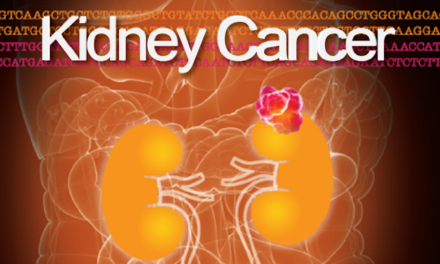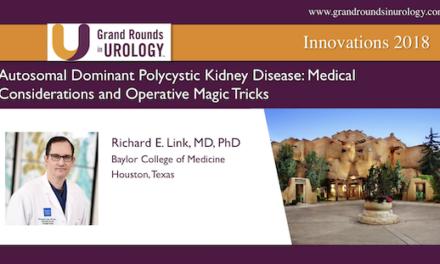
Adjuvant sunitinib (SU) in patients (pts) with high risk renal cell carcinoma (RCC): Safety and therapy management in S-TRAC trial
Abstract
Pts with locoregional RCC at high risk (≥T3 and/or N+) of tumour recurrence post nephrectomy treated with adjuvant SU (50 mg daily; schedule 4/2) had significantly longer disease-free survival (DFS) vs. placebo (PBO; HR, 0.76; 95% CI, 0.59–0.98; P=0.03). We report safety and therapy management data.
Reasons for SU treatment discontinuation (TDC), dose reduction (RED), dose interruption (INT), and pts TDC due to AEs by cycle, were summarized. Median time to SU TDC was calculated.
Of the 615 pts enrolled, 306 were treated with SU at a median (range) daily dose of 45.9 (8.9–52.6) mg. 71% of pts remained on SU treatment for ≥8 months (mo) and 56% completed the full 1-year treatment. Most common reasons for TDC were AEs (28.1%) in SU arm, and relapse (19.4%) in PBO arm. Common AEs leading to TDC, RED and INT are summarized in the Table. TDC due to AEs in cycles 1, 3, 6, and 9, respectively: 7.8%, 3.3%, 2.6%, and 1.6% in SU arm, and 0.3%, 1.3%, 0.3%, and 0% in PBO arm. In the 86 pts who DC SU, median time to TDC was 4.5 mo. Median time to first RED and INT in SU-treated pts was 2.9 and 3.0 mo, respectively. More data, including time on RED/INT, time to onset of common AEs and maximum severity and reversibility of AEs leading to permanent discontinuation will be presented.
No new safety signals were identified with sunitinib use in the adjuvant RCC setting. Effective therapy management, including dose RED/INT if necessary, is important as it optimizes the possibility of receiving effective treatment.
Authors: Daniel J George | Robert J Motzer | Michael Staehler | Hardev S Pandha | Frede Donskov | Bernard Escudier | Jan Kliment | Allan J Pantuck | Anup Patel | Liza DeAnnuntis | Helen Bhattacharyya | Xun Lin | Mariajose Lechuga | Lucile Serfass | Jean-Jacques Patard | Alain Ravaud
Journal: Kidney Cancer, vol. 2, no. s1, pp. I-S50, 2018


